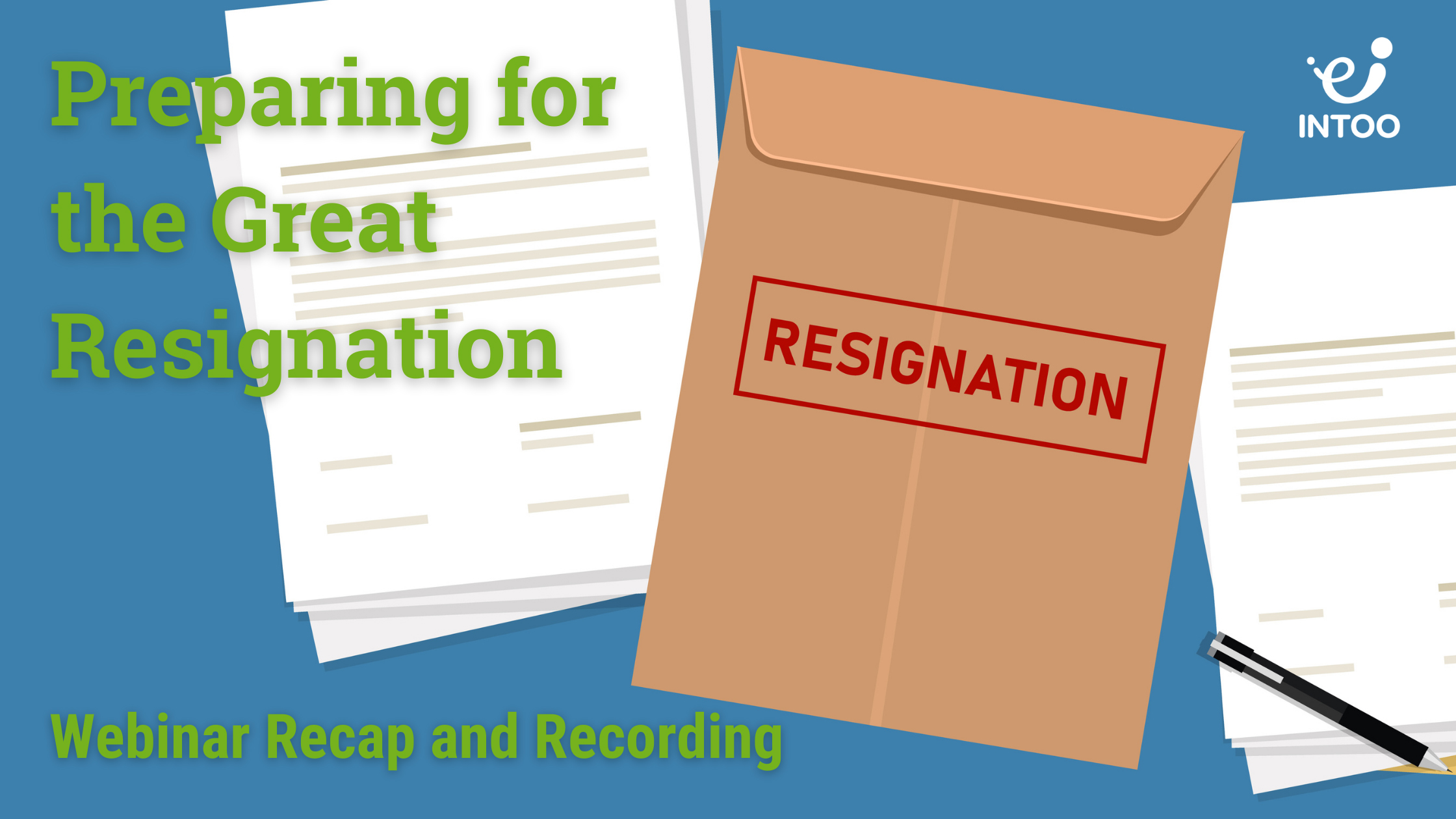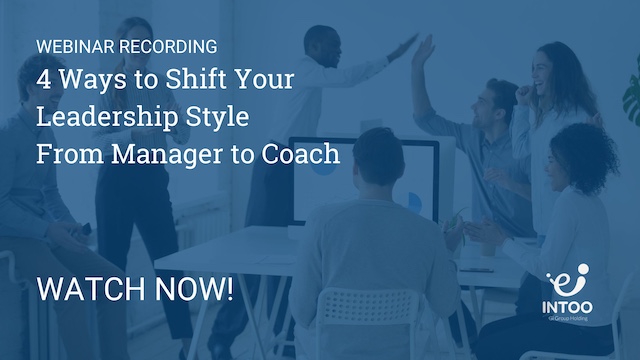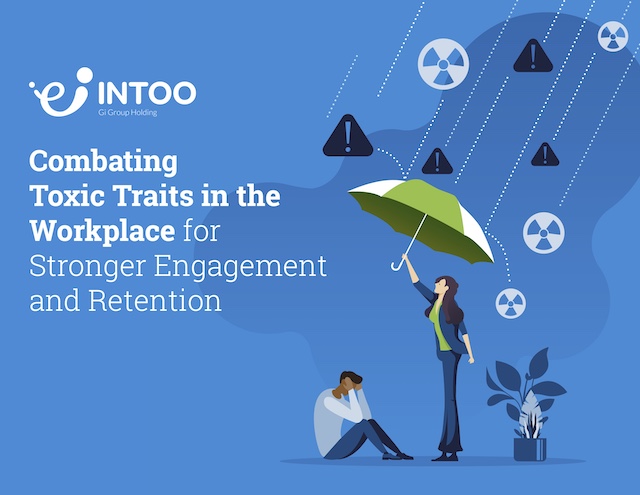Recently, Caroline Vernon, INTOO’s Career Transition Practice Leader, spoke with #HRSocial Hour Half Hour Podcast hosts Wendy Dailey and Jon Thurmond about how HR professionals can meet the challenges of the Great Resignation.
While last year many people lost their jobs as a result of the pandemic, this year many are leaving voluntarily for personal reasons. With more jobs than there are candidates, we sought ideas for how HR professionals could help their organizations retain talent and attract the right candidates.
Watch the entire webinar recording here.
Here’s a summary of some of the key learnings from the webinar.
What can employers do to stand out to attract high quality candidates?
- Be specific about who you’re looking for and let that come across in the job posting. Is it open to relocation? Is it remote? What skills and personality type will be needed for the role? By being transparent about what’s being offered and what you’re looking for, you may get fewer candidates, but you’ll get more of the right ones.
- Have a smooth candidate experience, which includes timely and professional communications. Get back to candidates in a reasonable amount of time with the status of your decision.
- Make sure the brand you’re expressing is true to who you are. You don’t want to misrepresent yourself as an employer and have candidates be disappointed or confused when the workplace and role isn’t what they thought it would be. Include your employees in your brand strategy. Their perceptions will help you properly represent your brand and also help them become ambassadors to help attract new talent.
What strategies can companies put in place to retain talent?
- Be flexible around where and/or when employees work. Just because things have been done a certain way for a long time doesn’t mean they couldn’t be done as good or better in another way. Consider alternatives that will make you a competitive employer brand.
- Offer fair compensation
- Provide opportunities for career development
- Talk with your employees routinely about their satisfaction with their roles and the company and what’s meaningful to them. Don’t wait for the exit interview or review periods to learn what you could be doing differently or better.
- Recognize your employees and treat each one, no matter the job level, as important to the company.
Where should and shouldn’t companies invest resources to attract and retain quality talent?
- Know your candidate pool and what’s typical for your region. What fits within your value stream?
- Invest in your existing workforce. Identify high performers and help them to become even better, whether that’s grooming them for leadership or offering reskilling or upskilling to help them move into their desired next role with your company. Offer career development opportunities to everyone in your organization.
- If you’re looking at adding programming or external investments, do your research to make sure it’s a sound investment for your needs and budget
Why are people leaving?
- They are seeking better treatment by their employers, including a better work-life balance
- Some are seeking better promotional opportunities and/or compensation
- As Wendy says, in “The Great Realignment,” employees are making choices to align their work with what’s most important to them.
How can companies adjust to protect their employer brand?
- Understand your current candidate audience and be able to speak to them in a manner they’ll respond to.
- Know who is competing for the same talent and learn what they offer in terms of flexibility, career development, and benefits. Determine how you can compete with them.
- Tend to your current employees by treating them with respect and offering them opportunities to grow with your organization. By doing so you elevate your employer brand which helps to both retain and attract talent.
Watch the webinar recording here.
About Wendy Dailey
Wendy Dailey is a talent acquisition professional with over 20 years of recruiting experience. She is also an HR podcaster and blogger, bringing the world of HR a little closer together. In her private life, she is a wife, mother to 2 girls and 2 dogs, and a Girl Scout leader (yes, she can be your cookie hook-up!).
About Jon Thurmond
Jon Thurmond is the Mid-Atlantic Regional Human Resources Manager for Team Fishel, a utility engineering and construction company. He oversees the company’s national social media recruiting program and produces the company’s “HR Pro Podcast.” Outside of his day job, Jon is the host and producer of the #HRSocialHour Half Hour Podcast and Twitter chat. He is recognized nationally as a speaker on topics including social media recruiting, workforce development, and podcasting. Jon’s career includes roles in recruiting, labor relations, HR leadership, and training in the construction, utility, healthcare, and finance industries.
Missed this webinar? Be sure to sign up for our newsletter to be alerted of future events!INTOO helps employers of all sizes with cost-effective solutions for every stage of the employee lifecycle, including candidate experience, career development, and outplacement services. Contact us to learn how we can make a difference for you and your employees.JTNDaWZyYW1lJTIwc3JjJTNEJTIyaHR0cHMlM0ElMkYlMkZyZXNvdXJjZXMuaW50b28uY29tJTJGaHVic0Zyb250JTJGZW1iZWRfY3RhJTJGMzU0Mjg5JTIyJTIwc2Nyb2xsJTNEJTIybm9uZSUyMiUyMGJvcmRlciUzRCUyMjAlMjIlMjBmcmFtZWJvcmRlciUzRCUyMjAlMjIlMjB3aWR0aCUzRCUyMjI1MCUyMiUyMGhlaWdodCUzRCUyMjMzMCUyMiUzRSUzQyUyRmlmcmFtZSUzRQ==
Robyn Kern is a seasoned business writer who has written in the HR, education, technology, and nonprofit spaces. She writes about topics including outplacement, layoffs, career development, internal mobility, candidate experience, succession planning, talent acquisition, and more, with the goal of surfacing workforce trends and educating the HR community on these key topics. Her work has been featured on hrforhr.org and trainingindustry.com.











